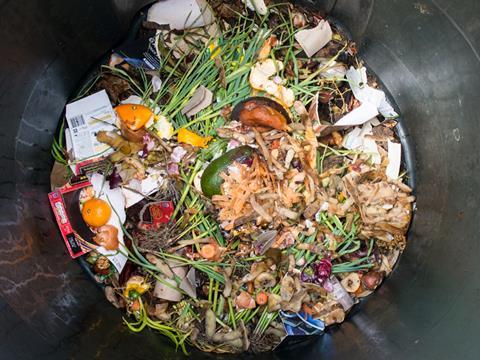
It’s a statistic that sadly isn’t rolled out often enough, but if food waste were a country, it would be the third largest source of greenhouse gas emissions, after the US and China.
Hence there’s some encouragement to be drawn from Wrap’s latest research, which shows that UK food waste decreased by 5% between 2015-18. This is still a long way off the government’s target of a 20% reduction by 2025, but at least it’s progress at a time when many of the world’s biggest sustainability challenges are getting worse, not better.
Of course, with retail food waste accounting for just 3% of the total, compared to 70% that takes place in the home, it could be argued the grocery sector is already pulling its weight. However, there are several compelling reasons why the UK’s biggest grocery outlets need to be more engaged and proactive in tackling the issue of food waste.
Firstly, digging deeper into the Wrap data, we can see that retail industry food waste actually went up 7% between 2015-18, a trend which no one wants to see continue – certainly not supermarkets looking to squeeze every last efficiency gain in a hyper-competitive marketplace.
Secondly, the average UK family threw away £700 of food in 2018, adding up to £14bn. Whether down to misjudged portion/product sizes, misleading best before dates, a lack of culinary or food storage expertise, or some combination of all of these factors, the figures don’t reflect well upon our supermarket industry. UK supermarkets are selling families food that they are unable to use – this does not represent good value for money, and it’s no wonder that, in last year’s Which? analysis, the big four supermarkets fared poorly in this regard. At a time when these supermarkets are continuing to lose market share to discount retailers, one way to deliver better value is showing consumers how to avoid waste and consume everything they buy.
Ultimately, supermarkets rose to prominence on a combined ticket of better value and convenience. Now, in the age of disruptive innovation, the bar is continually being raised by everyone from the discounters to Amazon and its direct-to-consumer digital brethren. Analysis from McKinsey suggests that, by 2026, as much as £500bn in revenues from traditional grocery retailers could shift to other formats and channels.
McKinsey argues that the three components of a distinctive consumer value proposition are ‘ultra-convenience’, ‘value for money’ and ‘inspiration’. By helping consumers avoid needlessly buying food when it’s not required, traditional supermarkets can at least stay in the game when it comes to value for money, rather than struggling onwards in the discounting race to the bottom.
But more pertinently, by helping shoppers plan meals according to the portion sizes they’re selling, being more transparent around what ‘best before’ really means for each food type, and volunteering greater information on how to store food effectively, they can also take a lead in the ‘inspiration’ category.
The reality is that food waste will always occur from time to time – it’s an inevitable consequence of our busy lives and the many external factors that stop us planning our food usage the way we’d like to. That’s where companies like ours come in handy, ensuring that unused food goes to a good home rather than being thrown away.
However, there’s a world of difference between unplanned and unnecessary food waste. In the case of the latter, it is not simply a question of ethical responsibility; our biggest supermarkets now have a clear business incentive for leading the way on consumer food waste education.







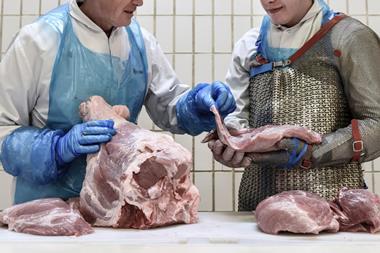

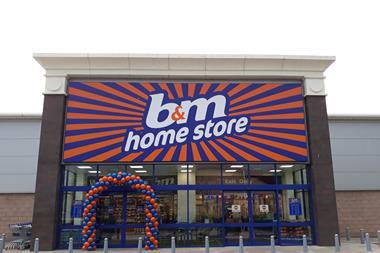

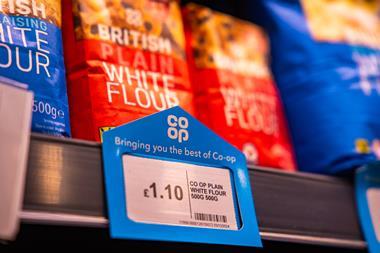
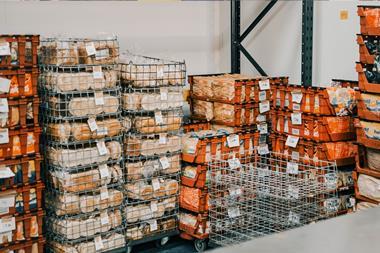






No comments yet